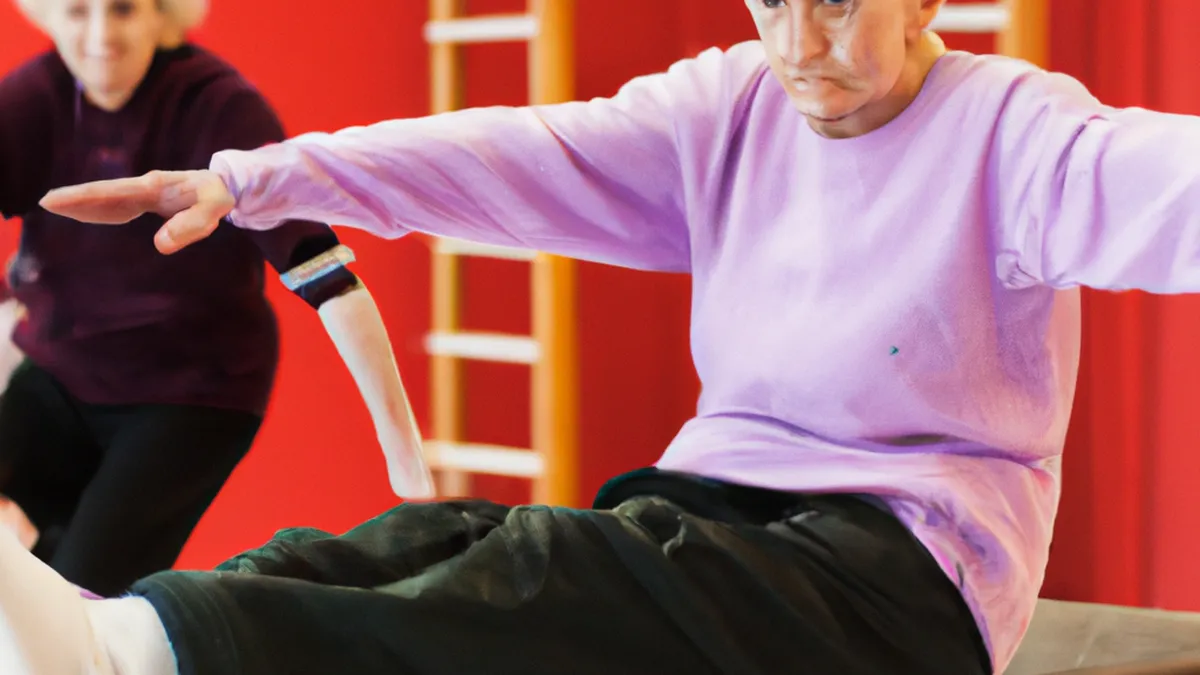Rebound Faster with These Recovery Tips
Active Recovery Methods Post-Event: The Key to Enhanced RecoveryAfter a demanding event, your body needs attention and care. Recovery is crucial for athletes and fitness enthusiasts. It allows the body to heal and adapt for future performance. Many people view recovery as complete rest, but active recovery can enhance your post-event experience. This blog post explores effective active recovery methods, their benefits, and practical tips for integrating them into your routine.
Understanding Active Recovery
Active recovery involves low-intensity exercise after strenuous activity. Unlike complete rest, active recovery promotes movement and helps the body recover. This approach boosts circulation, alleviates soreness, and speeds up recovery, allowing you to return to peak performance more quickly.
The Science Behind Active Recovery
Intense exercise produces lactic acid in your muscles, causing soreness and fatigue. Active recovery clears lactic acid more effectively than passive rest. Light exercise increases blood flow, delivering oxygen and nutrients to tired muscles and accelerating healing. Low-intensity activities also restore range of motion and flexibility, reducing injury risk in future workouts.
Benefits of Active Recovery
As an Amazon Associate I earn from qualifying purchases.
Gear tip: consider chair yoga strap, walking poles, and hand grip strengthener to support this topic.
Active recovery offers many benefits. Here are some key advantages:1. **Improved Circulation**: Light physical activity maintains blood flow. Enhanced circulation delivers nutrients to your muscles, aiding recovery.2. **Reduced Muscle Soreness**: Active recovery clears lactic acid and metabolic waste from your muscles, reducing soreness and stiffness.3. **Enhanced Flexibility**: Low-intensity activities like stretching improve flexibility and range of motion. This benefit prevents injuries and enhances future performance.4. **Mental Well-being**: Gentle activities boost your mood and alleviate stress. Light exercise releases endorphins, contributing to mental recovery.5. **Faster Recovery Time**: Incorporating active recovery into your routine may decrease overall recovery time, allowing you to train sooner and at a higher level.
Tips for Effective Active Recovery
Incorporating active recovery methods into your post-event routine is simple and beneficial. Here are practical tips to get started:
1. Light Aerobic Activities
Engaging in light aerobic activities promotes recovery. Consider walking, gentle cycling, or relaxed swimming. Aim for 20 to 30 minutes of low-intensity exercise. These activities maintain blood flow without adding strain on your body.
Conclusion
Active recovery methods can significantly improve your post-event recovery. Implement these strategies to enhance your performance and well-being.
Below are related products based on this post:
FAQ
What is active recovery?
Active recovery involves engaging in low-intensity exercise after strenuous activity. Unlike complete rest, it promotes movement, which helps the body recover by boosting circulation and alleviating soreness.
What are the benefits of active recovery?
Active recovery offers several benefits, including improved circulation, reduced muscle soreness, enhanced flexibility, better mental well-being, and faster recovery time. These advantages help athletes return to peak performance more quickly.
How can I incorporate active recovery into my routine?
You can incorporate active recovery by engaging in light aerobic activities such as walking, gentle cycling, or relaxed swimming for 20 to 30 minutes. These activities maintain blood flow and support the recovery process without adding strain to your body.















Post Comment